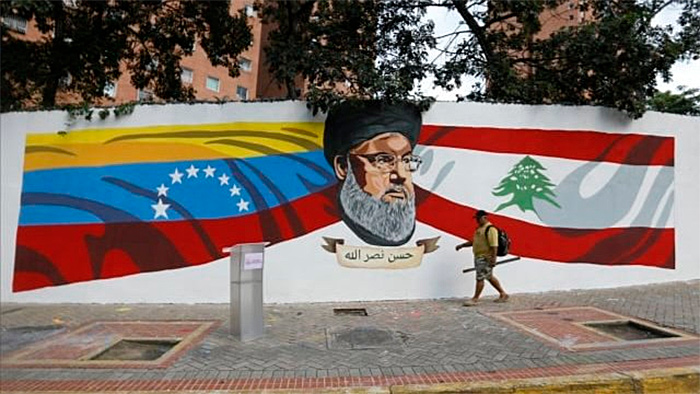According to multiple Lebanese sources, Hezbollah has relocated the families of nearly 400 of its mid-level commanders out of Lebanon, with the majority reportedly settling in Latin America and a smaller number seeking refuge in Africa.
Journalist Ali Hamadeh revealed the development in a video posted on his X account. Citing a Latin American diplomat, Hamadeh stated that the deported families primarily belong to field commanders, not senior Hezbollah leaders, who remain in Lebanon—potentially to be relocated to Iran or Iraq.
Hamadeh suggests the move reflects growing concerns within Hezbollah about the viability of its military apparatus. "The military machine of Hezbollah is expected to collapse sooner or later," he warned, explaining that the evacuated commanders may be fleeing anticipated Israeli or international intelligence pursuits.
He also speculated that the mass relocation might indicate a strategic shift—possibly signaling an intention to avoid further direct military engagement in Lebanon or the Middle East.
HEZBOLLAH’S LATIN AMERICAN INFRASTRUCTURE

This relocation isn't taking place in a vacuum. Hezbollah has maintained a strong and multifaceted presence across Latin America since the 1980s, heavily backed by Iran following the 1979 Islamic Revolution.
Over the decades, the group has built extensive networks for drug trafficking and money laundering, particularly in the "Tri-Border Area" connecting Argentina, Brazil, and Paraguay.
Venezuela remains a key stronghold for Hezbollah and its patron Iran, with the organization reportedly embedding itself within the country’s sizeable Lebanese Shiite community. Similar networks have been uncovered in Brazil and Colombia. In November 2023, Brazilian security services thwarted a Hezbollah-planned attack targeting the local Jewish community—evidence of the group’s ongoing operations in the region.
Hezbollah was also behind the deadly 1994 AMIA bombing in Buenos Aires that killed 85 people, leading Argentina to freeze the group’s assets and officially designate it a terrorist organization in 2019.
STRATEGIC IMPLICATIONS FOR IRAN AND HEZBOLLAH
If these reports are confirmed, the relocation of Hezbollah families to Latin America may mark an effort to reestablish command and logistical infrastructure outside the Middle East. This could enable the group to entrench itself within local criminal ecosystems, strengthen its financial channels, and prepare for renewed influence—possibly coordinated by Iran.
The development comes as Iran faces increasing difficulty supplying weapons and support to Hezbollah due to the collapse of its overland corridor to Lebanon. That corridor, established by the late Quds Force commander Qassem Soleimani, was severed following the rise of Sunni jihadist leader al-Julani in Syria, who now controls key areas previously used for Iranian arms transfers.
With this shift, Latin America may become the new staging ground for Hezbollah’s future ambitions—and a renewed threat to regional and global security.